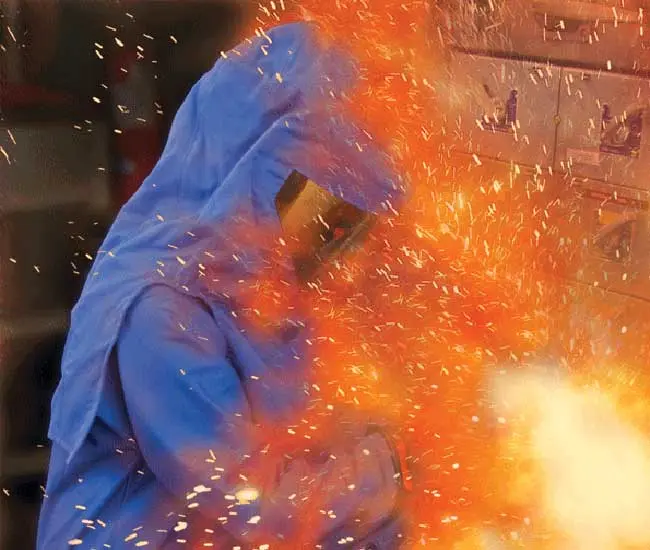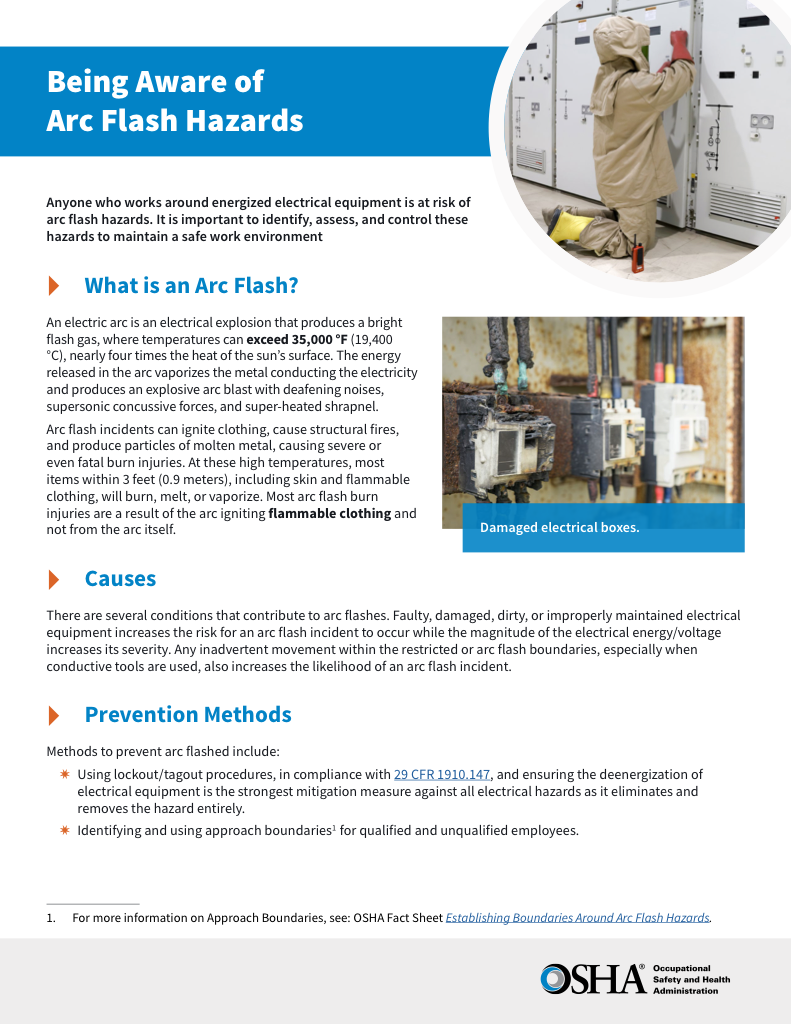At what voltage can an arc flash occur?
By R.W. Hurst, Editor

NFPA 70e Training
Our customized live online or in‑person group training can be delivered to your staff at your location.

- Live Online
- 6 hours Instructor-led
- Group Training Available
Download Our OSHA 4475 Fact Sheet – Being Aware of Arc Flash Hazards

- Identify root causes of arc flash incidents and contributing conditions
- Apply prevention strategies including LOTO, PPE, and testing protocols
- Understand OSHA requirements for training and equipment maintenance
At what voltage can an arc flash occur depends on system design, incident energy, fault current, and clearing time; NFPA 70E, OSHA, PPE, low- and medium-voltage equipment, and arc fault mitigation all influence risk.
At What Voltage Can an Arc Flash Occur?
Arc flash can occur at 120V+ with enough fault current; risk rises at 208–600V and longer clearing times.
✅ Driven by fault current, arc gap, and protective clearing time
✅ Higher risk at 208–600V systems with high available energy
✅ Follow NFPA 70E: perform studies, labeling, and PPE selection
Arc flashes can occur at voltages as low as 120 volts or even lower, especially when conductors are in close proximity and fault conditions exist. While higher voltages increase severity, low-voltage systems can still generate dangerous arcs capable of causing fires, injuries, or explosions. For a deeper look at the initiating conditions, see how an arc develops in the guide at how arc flashes occur and why conductor spacing matters.
Arc flashes, a dangerous electrical hazard, are often associated with high-voltage systems, typically 120 volts and above. However, it's crucial to understand that even lower voltages can trigger an arc flash under certain conditions, particularly when conductors are in close proximity. If the concept is unfamiliar, this overview on what an arc flash is clarifies key terms used in low- and high-voltage discussions.
The misconception that low-voltage arc flashes are harmless can have devastating consequences. While they may not cause immediate severe injuries, the resulting sparks or arcs can easily ignite flammable materials like dust, sawdust, or gasoline, leading to catastrophic fires. Furthermore, the presence of an arc flash, regardless of voltage, often signals underlying issues within the electrical system that could escalate into more serious problems. Practical examples of typical equipment and locations are outlined in where arc flashes commonly occur for context on facility risks.
Test Your Knowledge About Arc Flash!
Think you know Arc Flash? Take our quick, interactive quiz and test your knowledge in minutes.
- Instantly see your results and score
- Identify strengths and areas for improvement
- Challenge yourself on real-world electrical topics
As the voltage in a system increases, so does the severity of potential arc flashes. The energy intensifies, expanding the arc flash's reach and destructive power. In high-voltage scenarios, arc flashes can span several feet, generating temperatures exceeding tens of thousands of degrees. These extreme conditions can trigger explosions, causing extensive damage to both infrastructure and human life. Thermal and pressure effects at these energy levels are documented in this primer on electrical arc flash phenomena and incident energy.
Some resources refer to the event as an electric flash, a term you may encounter in standards and maintenance guides.
Prioritizing electrical safety is paramount in mitigating these risks. Regular maintenance of electrical systems is crucial to identify and address potential faults before they escalate into arc flash incidents. Additionally, equipping systems with appropriate safety measures like circuit breakers is essential. These devices can rapidly cut off the electrical current in the event of a fault, significantly reducing the arc flash's duration and impact, ultimately saving lives and minimizing property damage. Understanding initiating faults helps select protective devices, as explained in why arc flashes happen and how mitigation strategies are applied.
Understanding the potential for arc flashes across various voltage levels is vital for creating a safe working environment. By implementing comprehensive safety protocols and maintaining electrical systems diligently, we can significantly reduce the risk of these dangerous incidents. Safety planning benefits from knowing fault progression, detailed in how an arc flash happens and the stages leading to escalation.




